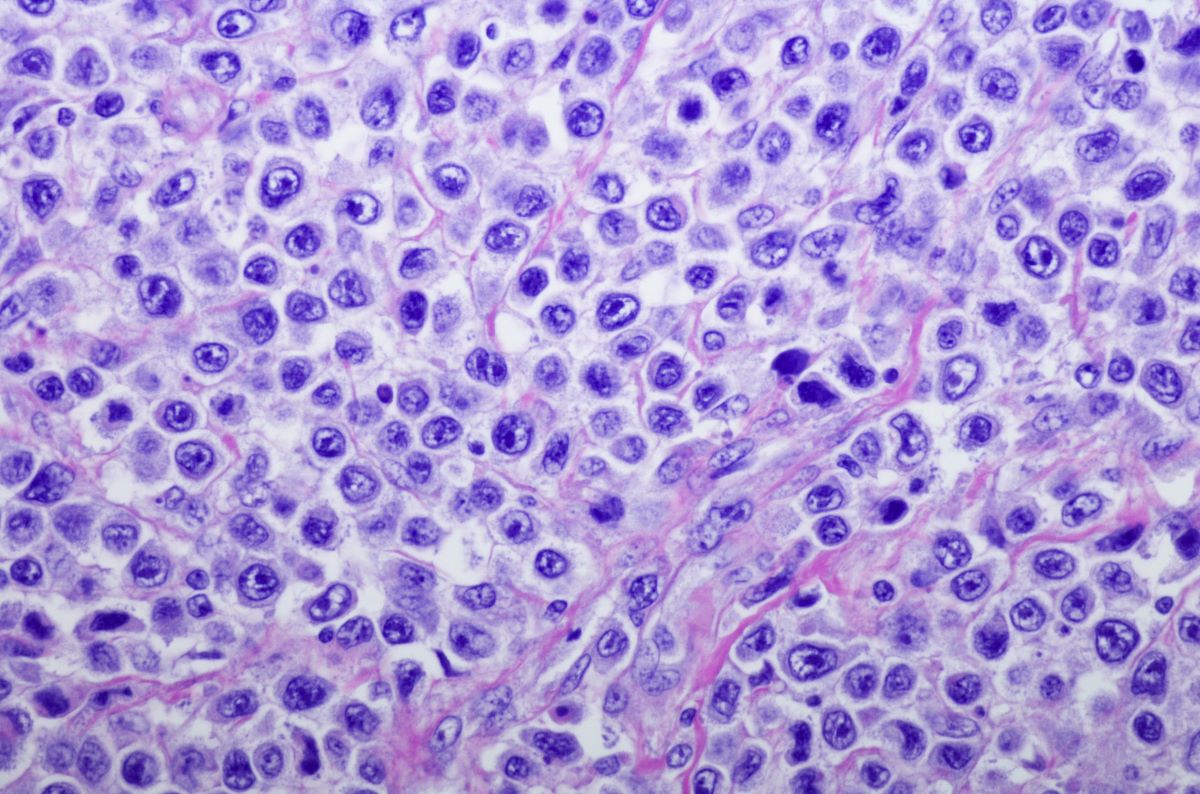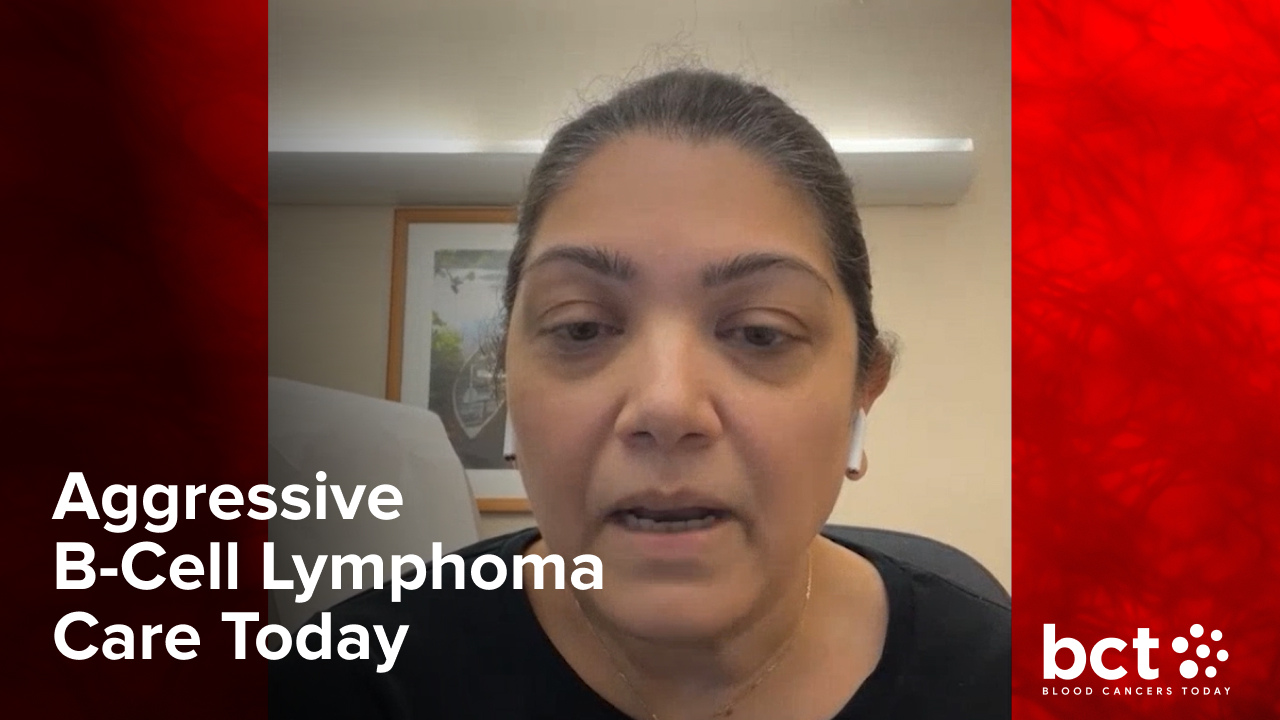
Older patients with diffuse large B cell lymphoma (DLBCL) who received nursing home care were less likely to receive chemoimmunotherapy and had poorer overall survival (OS) than those who did not reside in a nursing home, according to a recent study.
Mengyang Di, MD, PhD, of the Yale School of Medicine and colleagues conducted the research to “characterize the prevalence of functional and cognitive impairments, and associations between impairments and treatment” among older patients with DLBCL who receive nursing home care.
Dr. Di and colleagues used the Surveillance, Epidemiology, and End Results Medicare database to identify Medicaid beneficiaries who were diagnosed with DLBCL between 2011 and 2015, including those who received nursing home care in the months surrounding their diagnosis.
The study’s authors used multivariable logistic regression to compare receipt of chemoimmunotherapy, 30-day mortality, and hospitalization between patients who resided in nursing homes and those who did not. In patients who received nursing home care, they also examined receipt of chemoimmunotherapy based on functional and cognitive impairment.
Of the eligible 649 patients receiving care in a nursing home (median age, 82 years), 45% received chemoimmunotherapy, with 47% of those patients receiving multiagent, anthracycline-containing regimens.
However, compared with patients who did not reside in a nursing home, those who received nursing home care were less likely to receive chemoimmunotherapy (odds ratio [OR], 0.34; 95% CI, 0.29–0.41). Patients in a nursing home setting who had severe functional impairment (61%) or any cognitive impairment (48%) were less likely to receive chemoimmunotherapy.
Furthermore, patients who received nursing home care had higher 30-day mortality (OR, 2.00; 95% CI, 1.43–2.78) and hospitalization (OR, 1.51; 95% CI, 1.18–1.93) than those who did not reside in a nursing home. Patients in nursing homes also had poorer OS compared with those outside of nursing homes (hazard ratio, 1.36; 95% CI, 1.11–1.65).
“High rates of functional and cognitive impairment and low rates of chemoimmunotherapy were observed among [nursing home] residents diagnosed with DLBCL,” Dr. Di and colleagues concluded. “Further research is needed to better understand the potential role of novel and alternative treatment strategies and patient preferences for treatment to optimize clinical care and outcomes in this high-risk population.”
Reference
Di M, Keeney T, Belanger E, Huntington SF, Olszewski AJ, Panagiotou OA. Functional status and therapy for older adults with diffuse large B-cell lymphoma in nursing homes: a population-based study. J Am Geriatr Soc. 2023. doi:10.1111/jgs.18302






 © 2025 Mashup Media, LLC, a Formedics Property. All Rights Reserved.
© 2025 Mashup Media, LLC, a Formedics Property. All Rights Reserved.